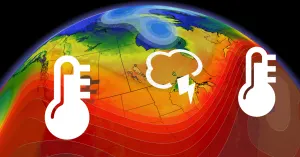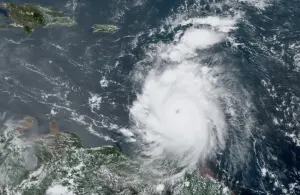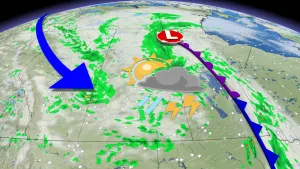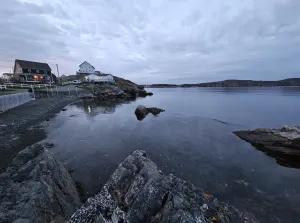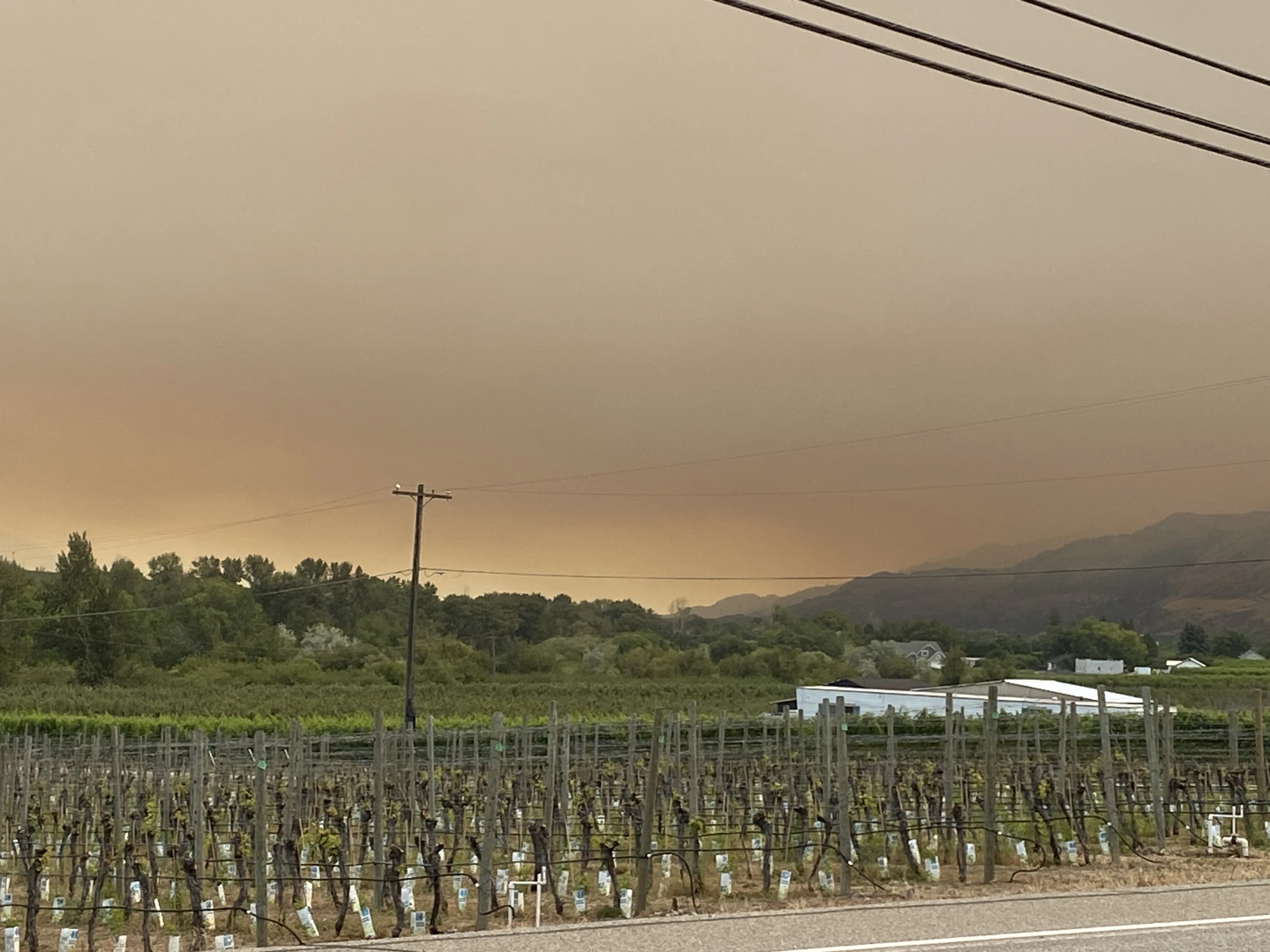
Here's how smoky it was in B.C. in 2023, compared to previous summers
The first major evacuation order of B.C.'s fire season came early this year: on May 15, the Peace River Regional District in the province's northeast ordered approximately 1,800 properties to be vacated due to the Red Creek and Stoddart Creek wildfires burning in the region.
At the same time, more than 20,000 people — the entire population of the city of Fort St. John — were warned to be ready to leave their homes at a moment's notice should the flames advance.
The fires never made it into the city but the smoke did, blanketing residents with ash.
This year, people across Canada had their days impacted by smoke more than ever.
According to data from Environment Canada, the number of air quality bulletins issued between April and October shot up to levels not previously seen, particularly in May and June as smoke blanketed parts of eastern Canada.
RELATED: How AI may be a game changer in fighting wildfires before they start

Chuck Fowler, who was born and raised in the Peace River area, said over the past several years, residents have become used to what he called "fire season."
"It's starting to be something that's fairly regular, right? When I was a kid, fire season wasn't really a thing, and now it's part of our lexicon," he said.
"It's almost an expectation."
People are having to adapt, said Fowler, who runs a filtration products company.
WATCH: Does breathing in wildfire smoke mean lung issues for life?
He said once smoke hits a certain level, all outdoor work in the region has to stop because of health concerns for his workers.
Health officials and WorkSafeBC advise against outdoor activity as the risks of wildfire smoke become more apparent.
"It affects operations, businesses, municipalities — it's a reality."
Record number of air quality bulletins In northern B.C. and Alberta, there were more days with air quality alerts than past years as massive wildfires forced evacuations and sent smoke across the region, according to Environment Canada data.
Not all parts of the province were equally impacted, though.
While Fort Nelson, in B.C.'s far northeast, saw more smoke hours than previous years, parts of southern B.C. remained relatively clear until late in the season and experienced less smoke than in the wildfire seasons of 2017 and 2018.
B.C. as a whole saw fewer air quality advisories than those years.
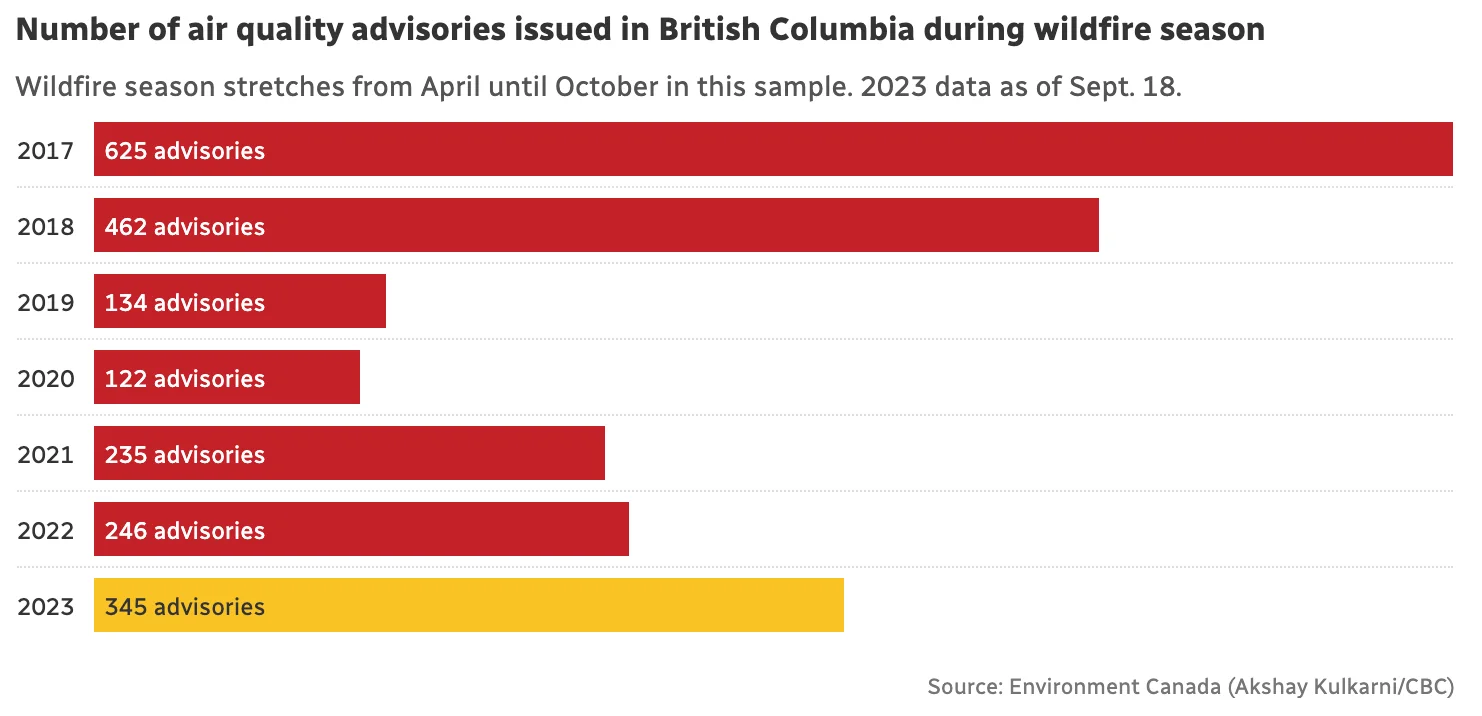
SEE ALSO: How a spark becomes a disastrous wildfire in a matter of minutes
"Low visibility" hours are not an official Environment Canada statistic.
However, meteorologist Armel Castellan told CBC News in an email that it is a useful approximation to see how smoke affected the air in B.C. cities.

A shifting baseline
In B.C., many businesses and individuals have adapted to increased smoke by buying air purifiers, wearing masks and improving ventilation in buildings.
But as important as it is to adapt to the reality of smokier summers, it's also important not to lose sight of how much things are changing as a result of climate change fuelling hotter and drier summers, leading to more volatile forests, said Dezene Huber, a researcher and professor in the ecosystem science and management program at the University of Northern B.C.
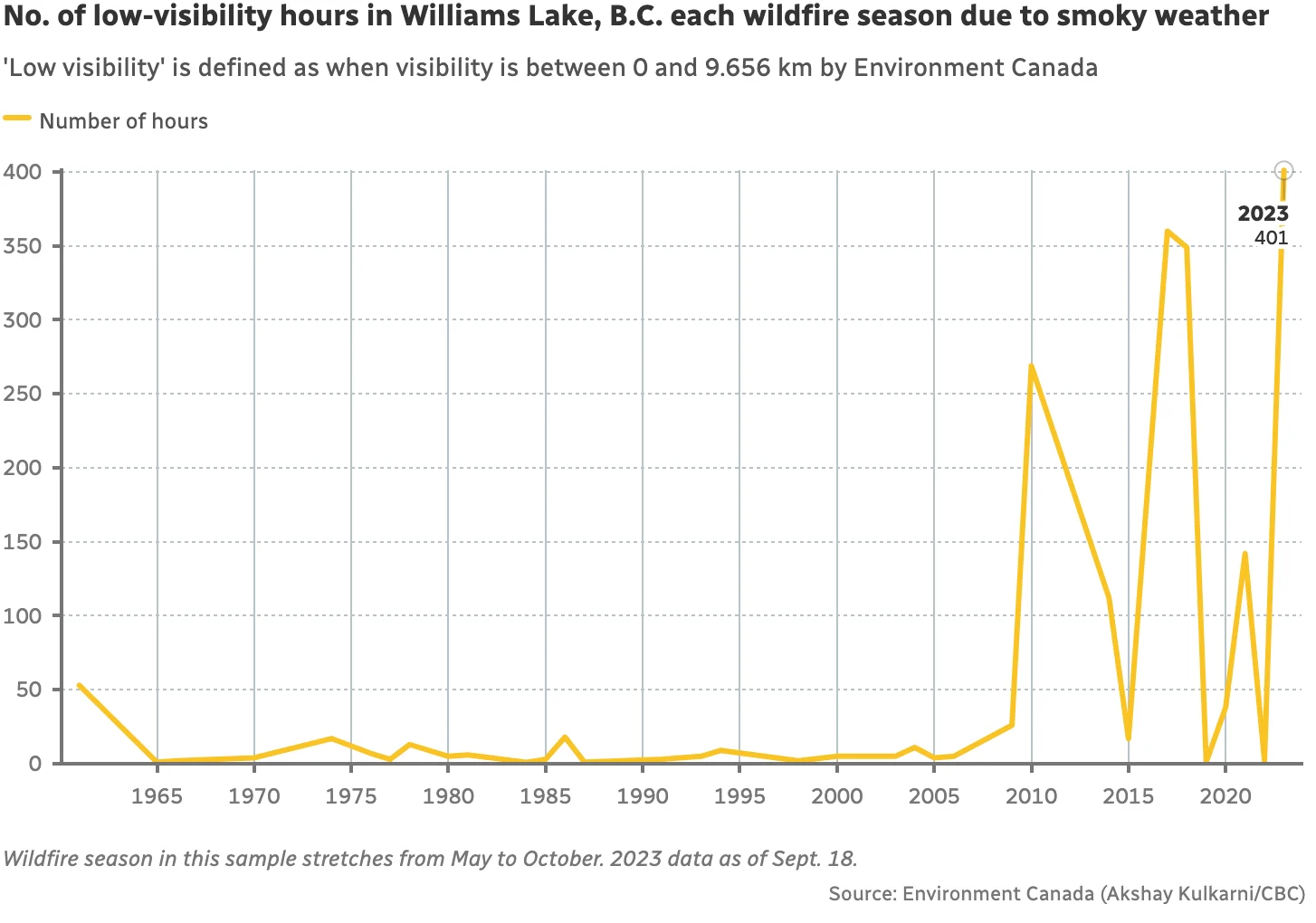
Huber compared smoky skies to a concept called Shifting Baseline Syndrome, a term ecologists use to describe the phenomenon where environmental conditions perceived as 'normal' change, as each passing generation experience different conditions of normal.
Huber said he's now seeing people compare smoke levels in current years to more recent history, forgetting that it wasn't always normal for skies to be blacked out by ash on an annual basis.
DON'T MISS: What's in wildfire smoke? Toxicologist explains health risks, best masks to use
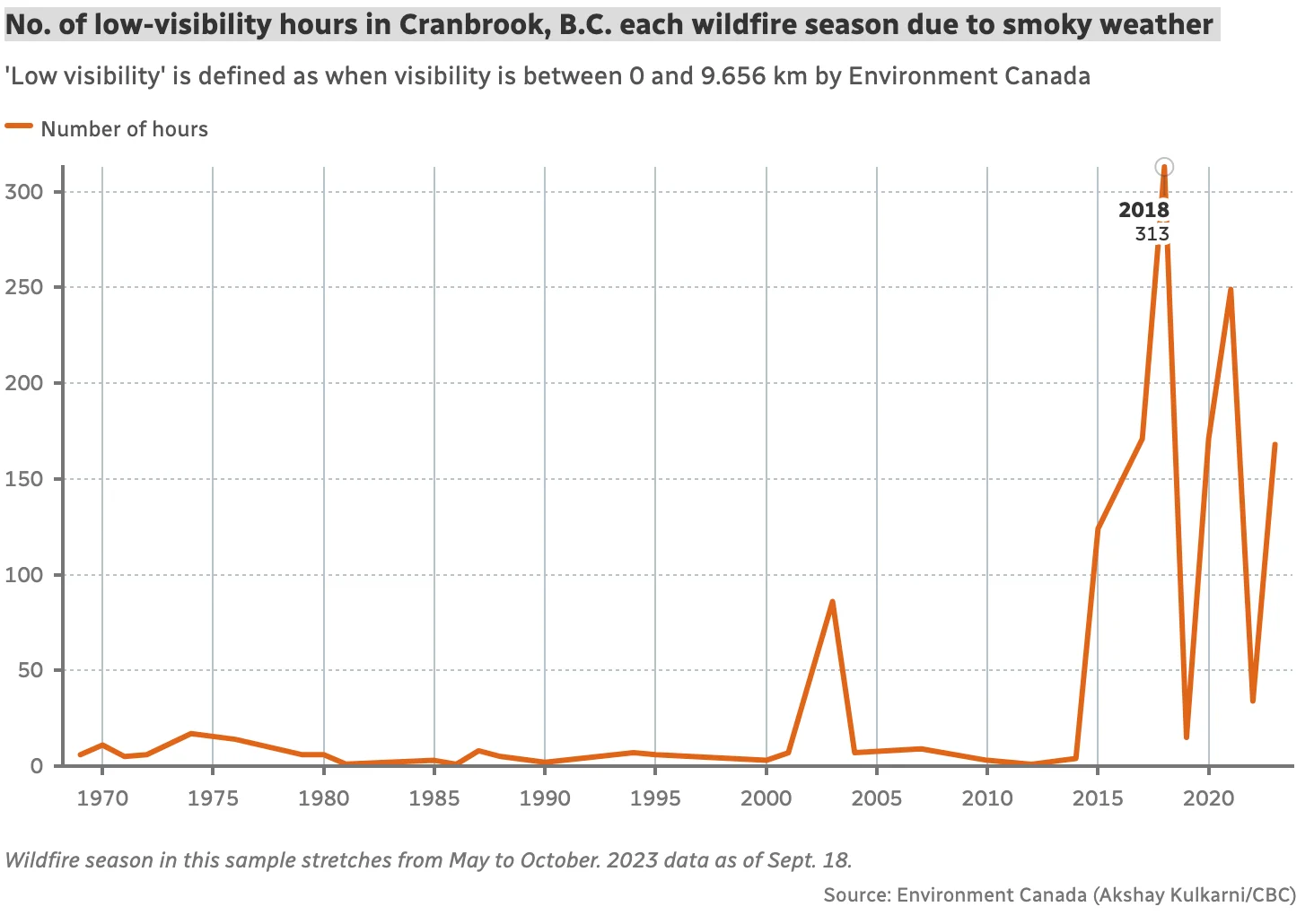
"If we just sort of roll over and accept what is coming at us, it's less likely that we're going to see the need for changes," he said.
"If we assume that what we're seeing out there is normal, it's an easy way to deny what's happening."
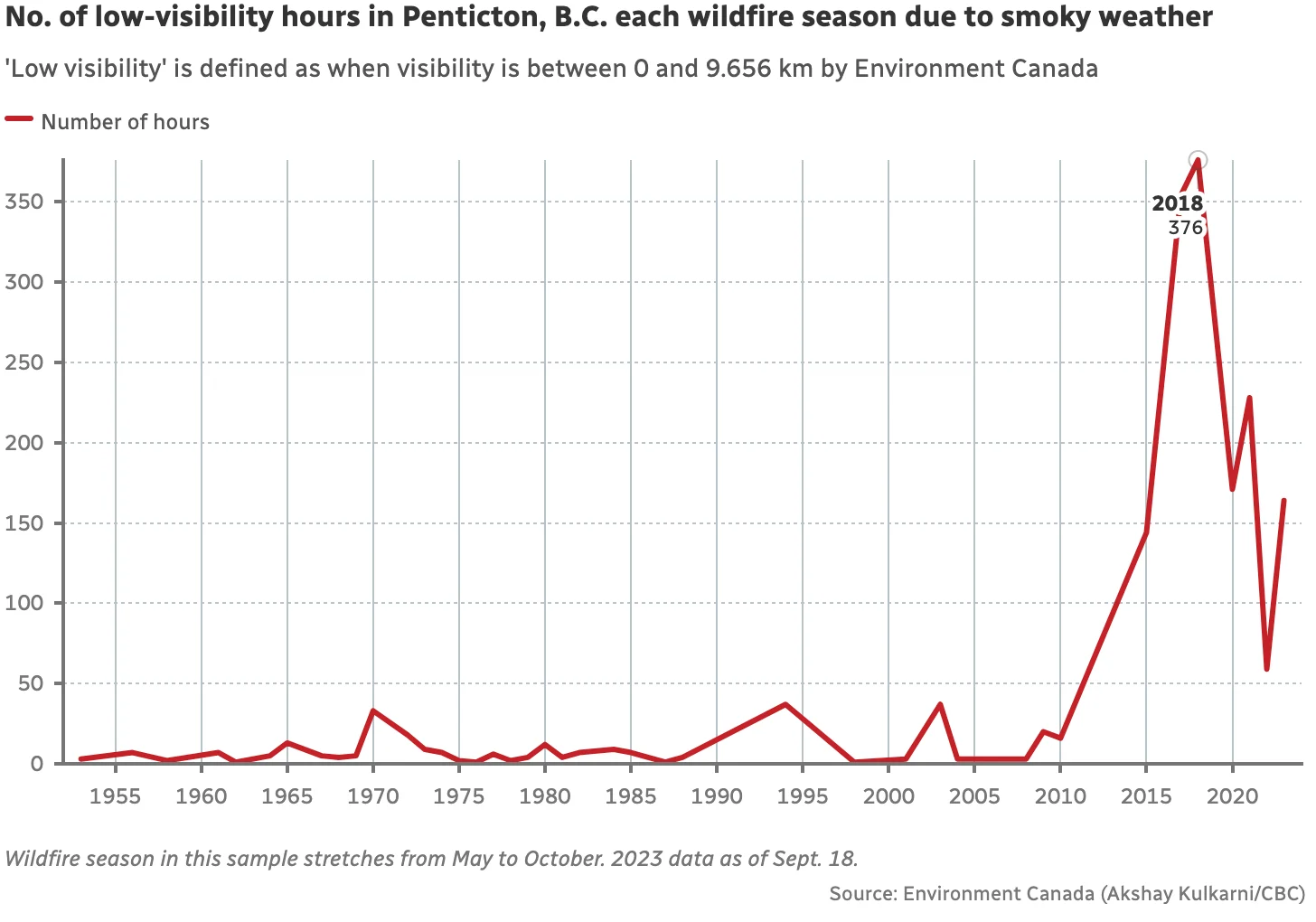
This article, written by Andrew Kurjata, was originally published for CBC News on Oct. 26, 2023.






